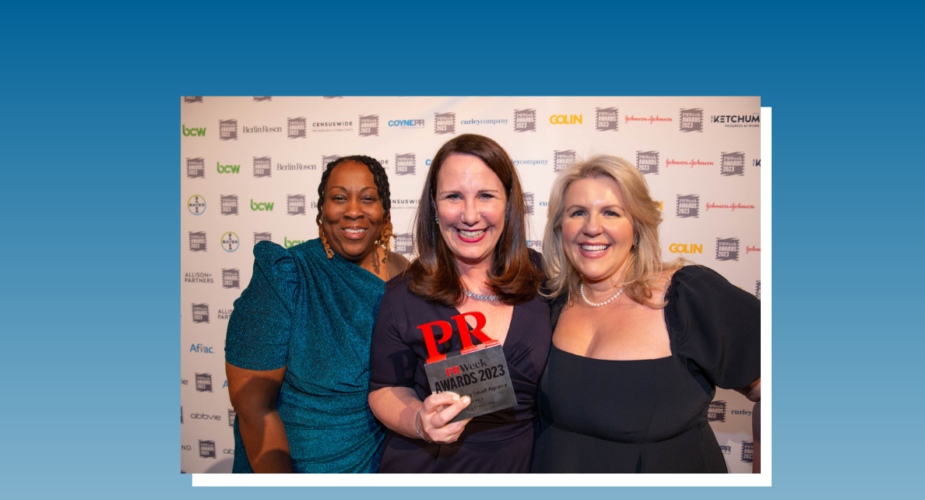Digital Reputation Management: Do You Have a Plan?
Increasingly, our clients are turning to us to help build, protect and manage their online reputation. If your organization has any kind of digital presence, public criticism is par for the course. It’s not a matter of “if” you will experience a digital reputational crisis, it’s a matter of when.
We are living in a reputation economy, and activist consumers are turning up the heat online. Organizations can’t afford to wait for a crisis to hit before creating a digital reputation management strategy.
With a solid plan and succinct messaging, we believe you can proactively and positively shape your online reputation by responding to reviews and criticism before, during and after a crisis.
A recent Harvard Business Review study found that businesses’ ratings increase when they actively respond to customer reviews – both positive and negative. By monitoring and managing all reviews, posts and comments, any organization can take control of their narrative.
You may not be able to avoid a black eye, but you can definitely help prevent a total massacre!
Below are a few quick tips to consider when developing your online strategy.
- “If you’re explaining, you’re losing.” Often, we see clients trying to provide too much context. If the critiques are accurate, address the tough questions head on. Own the issue, talk about how you’re fixing it, move on.
- Deal in facts. The best way to fight accusations is to deal in facts, numbers, the law and the marketplace. Link to reports and resources that back up your position, and have stats on the ready to address your most common critiques.
- Take the emotion out of it. Sometimes there’s a BIG difference in how our clients really want to respond versus how they should respond. As crisis consultants, we’re paid to keep a level head and make sure you don’t add fuel to the fire. In general, online responses should take the following tone: friendly, polite, factual, empathetic, but not emotional or overly defensive.
- Smart brevity works. Take a cue from Axios. Your responses should be relative to the length of the comment. They should hit the toplines of your messaging – make the reader feel satiated but not stuffed.
- Consistency is key. This is true for consistency in messaging across platforms, as well as consistency in response rate. A general rule of thumb is to respond to every negative review or comment and approximately one-third of positive ones.
- Report false information immediately. If you believe a review is woefully inaccurate, inappropriate or generated from a bot, flag the review or comment for removal per the platform’s review policy. Platforms have become much more responsive to these requests.
- Don’t be afraid to ask for positive feedback. One of the best ways to build your online brand is to encourage customers, members and other stakeholders to leave positive comments. Promote your review pages across other digital channels as well as in-person meetings.









